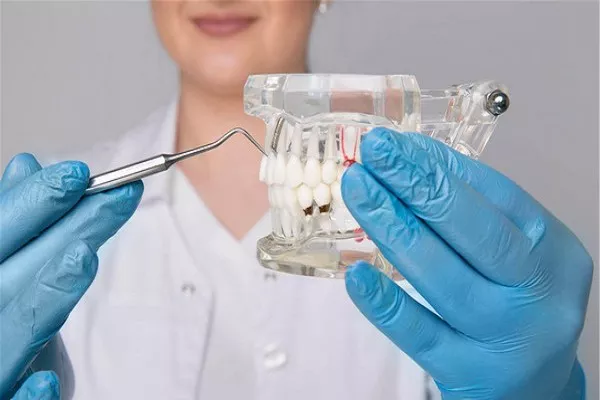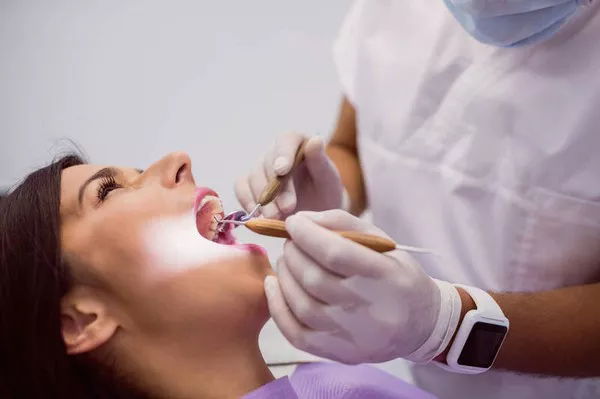Orthodontic retainers play a crucial role in maintaining the results achieved through braces or other orthodontic treatments. While these devices are essential for preserving your newly aligned smile, it’s not uncommon to experience discomfort or pain when wearing them, especially during the initial phases. In this article, we will delve into the reasons why orthodontic retainers may cause discomfort, strategies to alleviate the pain, and when to seek professional assistance.
Understanding Orthodontic Retainers
Orthodontic retainers are custom-made appliances designed to keep teeth in their newly aligned positions after orthodontic treatment. They help prevent teeth from shifting back to their original positions, ensuring the longevity of your straightened smile. Retainers can be removable or fixed (bonded) and are typically worn for varying periods, depending on your orthodontist’s recommendation.
Common Causes of Discomfort
Experiencing discomfort when wearing orthodontic retainers is relatively common, particularly during the adjustment phase. Some of the reasons for this discomfort include:
Pressure on Teeth:
Retainers exert pressure on teeth to maintain their alignment. This pressure can cause discomfort, especially if you’re not accustomed to the sensation.
Gum and Soft Tissue Irritation:
The edges of the retainers may rub against the gums and soft tissues, causing irritation and soreness.
Muscle Fatigue:
Wearing retainers can lead to muscle fatigue as your mouth and jaw adapt to the new appliance. This can result in soreness and discomfort.
Adjustment Period:
It takes time for your mouth to adjust to the presence of the retainer. During this period, you may experience discomfort until your mouth becomes accustomed to the appliance.
Strategies to Alleviate Discomfort
Fortunately, there are several strategies you can employ to alleviate discomfort while wearing orthodontic retainers:
Follow Usage Instructions:
Always follow your orthodontist’s instructions regarding retainer wear. Wearing the retainer as directed can help minimize discomfort.
Gradual Increase in Wear Time:
If you’re experiencing significant discomfort, consider gradually increasing the amount of time you wear the retainer each day to allow your mouth to adapt.
Over-the-Counter Pain Relievers:
Over-the-counter pain relievers, such as ibuprofen or acetaminophen, can help manage discomfort. Always follow the recommended dosages.
Orthodontic Wax:
Applying orthodontic wax to the areas of the retainer causing irritation can provide a protective barrier and alleviate sore spots.
Stay Hydrated:
Drinking water can help prevent dry mouth, which can contribute to discomfort when wearing retainers.
Soft Foods and Chewing Gum:
Opt for soft foods and avoid chewy or hard foods during the initial adjustment period. Chewing gum can also help alleviate muscle discomfort.
When to Seek Professional Assistance
While some discomfort is normal, there are situations where you should seek professional assistance:
Persistent Pain: If the discomfort is severe, persists beyond the initial adjustment period, or worsens over time, consult your orthodontist.
Sores and Ulcers: If the retainer causes significant irritation, sores, or ulcers on your gums or soft tissues, seek professional evaluation.
Ill-Fitting Retainer: If you suspect that your retainer is not fitting properly, consult your orthodontist. An ill-fitting retainer can lead to discomfort and potential oral health issues.
Conclusion
Experiencing discomfort when wearing orthodontic retainers is a common phenomenon, especially during the initial stages of adjustment. The pressure on teeth, gum irritation, muscle fatigue, and the adaptation period can all contribute to the discomfort. Employing strategies like gradual wear increase, using orthodontic wax, and maintaining oral hygiene can help alleviate the discomfort. However, if discomfort persists or becomes severe, it’s crucial to consult your orthodontist for professional guidance and evaluation. Remember that discomfort is often temporary and is a part of the process to achieve a lasting and beautifully aligned smile through the help of orthodontic retainers.
Related Topics:
































